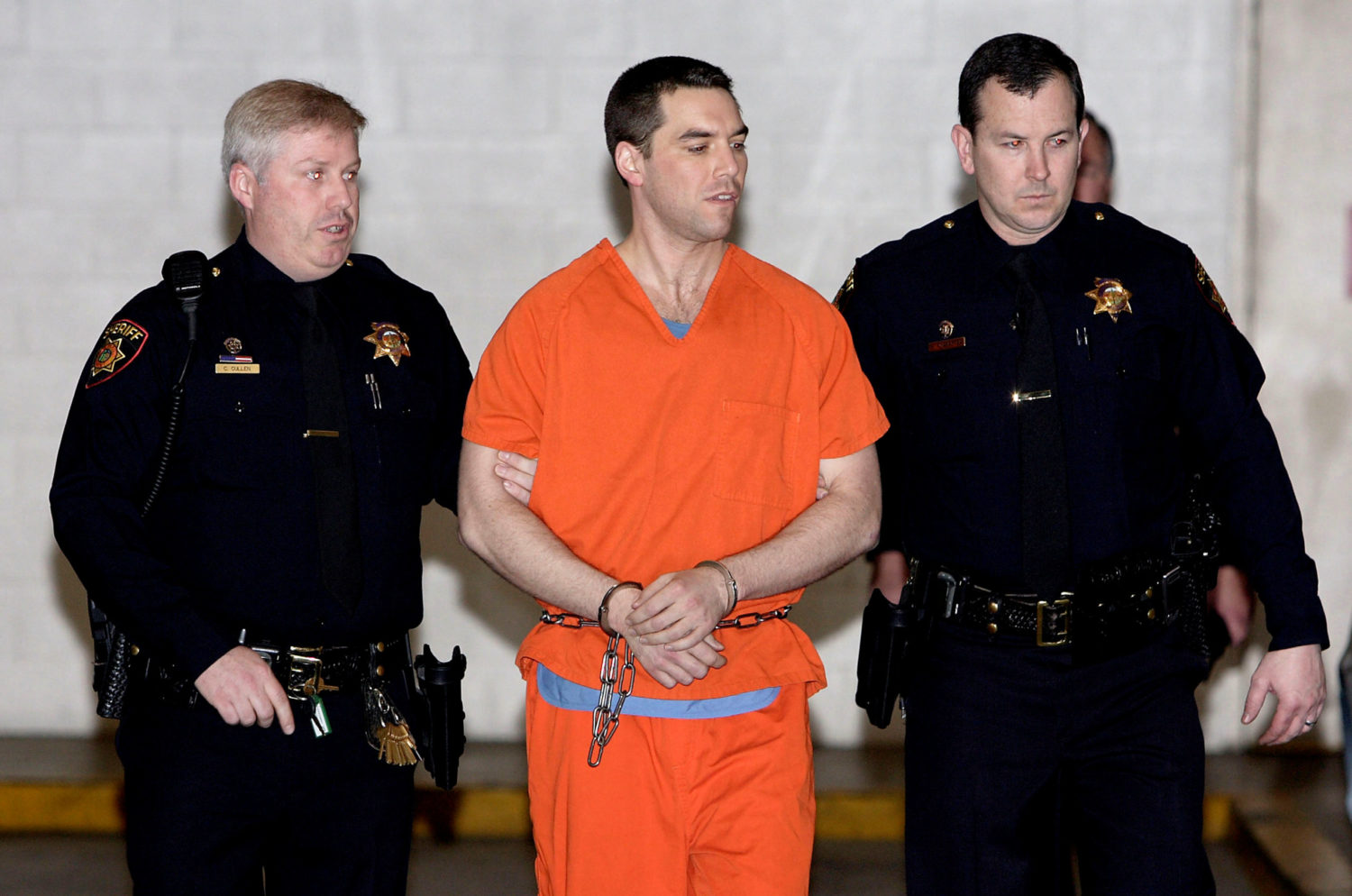
By Adrees Latif and Stephen Lam
CALISTOGA, Calif. (Reuters) – Firefighters in Northern California on Tuesday struggled to make headway against two fast-moving, destructive wildfires, one threatening towns and wineries in Napa Valley and another that killed three people in the Cascade foothills closer to the Oregon border.
The three fatalities in the so-called Zogg Fire that erupted on Sunday in Shasta County, about 200 miles (322 km) north of San Francisco, were reported Monday evening by the local sheriff. As of Tuesday there were still no details on how or when they perished.
All three were civilians, and their deaths brought to 30 the number of people killed since January – 29 of them just over the past six weeks – in what now stands as the worst year on record for California wildfires in terms of acreage burned
Farther south, the Glass Fire also raged for a third day in wine country, where it destroyed the popular mansion-like Chateau Boswell winery Sunday night and a building at the Castello di Amorosa winery, whose landmark architecture was inspired by a 13th-century Tuscan castle, on Monday.
But wine industry officials said the longer-term ramifications of the Glass Fire and a spate of other blazes that came before it is likely to be a 2020 vintage of diminished volume because of grapes spoiled by heavy exposure to smoke.
Some 80,000 people have been placed under evacuation orders in the middle of harvest season, including all 5,300 residents of Calistoga, a resort town known for its hot springs and mud baths and the site of the Castello di Amorosa complex.
Although both fires were still zero-percent contained, calmer winds could give firefighters an edge on Tuesday despite continuing above-normal heat and low humidity, California Department of Forestry and Fire Protection, or Cal Fire, officials said.
The Zogg fire, burning near the town of Redding, has destroyed 146 structures and charred more than 40,000 acres (16,180 hectares) of grassy hillsides and oak woodlands thick with dense, dry scrub. About 15,000 structures were listed as threatened, and 2,200 residents were under evacuation orders or advisories.
After merging with three other blazes, the Glass Fire had spread across more than 42,000 acres (16,990 hectares) in Napa and Sonoma counties, incinerating at least 80 homes and 32 other structures, according to Cal Fire.
Napa Valley residents Matthew Rivard and Amanda Crean parked their car by a sign reading “Welcome to the World Famous Wine Growing Region” on Monday night and watched flames surround the Schramsberg Vineyards, known for its sparkling wines.
WINE COUNTRY HAVOC
A short distance to the northwest, flames destroyed a farmhouse containing a wine-storage chamber, a fermentation room, a bottling facility and offices at the Castello di Amorosa winery, but its distinctive castle complex and tasting room remained unscathed, Chief Executive Georg Salzner said.
The majority of its wine supply, about 100,000 cases stored elsewhere, remained safe, he said. The owner, Dario Sattui, had hurried to the complex before dawn on Monday to find the castle surrounded by flames and called for help, Salzner told Reuters.
“The main building, which was not affected, might have burned down too if it hadn’t been for the firefighters,” he said.
In the heart of Calistoga, the evacuation left its main street, known for boutiques and tasting rooms, looking like a ghost town, according to a Reuters photographer.
As of Wednesday, no wineries were reported to have burned in neighboring Sonoma County, though a “couple of outbuildings and accessory buildings” were damaged, said Michael Haney, executive director of the Sonoma County Vintners trade group.
The Glass Fire struck midway through the traditional grape-harvesting season in Napa and Sonoma counties, both world-renowned among California’s wine-producing regions and still reeling from a cluster of large wildfires earlier this summer.
The full effect on the region’s wine business remained to be seen. But Haney said vintners would likely scale back production of certain wines due to smoke exposure to grapes still on the vines when the fires struck.
“I do know there are wineries saying we have been impacted and we won’t be making as much wine,” he said. Several Napa Valley growers said recently they would forgo a 2020 vintage altogether due to smoke contamination of their crop.
The blazes in Shasta County and wine country marked the latest flashpoints in a destructive spate of wildfires this summer across the U.S. West.
California fires have scorched over 3.8 million acres (1.5 million hectares) since January – far exceeding any single year in state history. They have been stoked by increasingly frequent and prolonged bouts of extreme heat, high winds and dry-lightning sieges that scientists attribute to climate change.
More than 7,000 homes and other structures have burned statewide this year.
(Reporting by Adrees Latif and Stephen Lam; Additional reporting and writing by Andrew Hay and Steve Gorman; Editing by David Gregorio and Jonathan Oatis)












